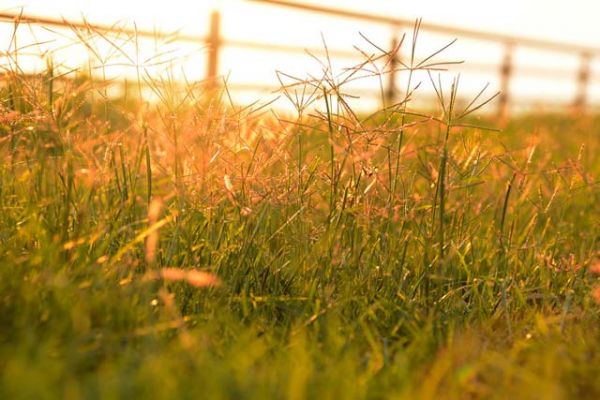Herbicide sprayer setup: A properly configured and well-calibrated sprayer is essential to ensure your herbicides are applied in accordance with label recommendations, and that you achieve the intended weed control.
Herbicide sprayer setup (cont from last issue)
Some important points to consider are:
• always ensure effective agitation, especially when using dry flowable (DF), suspension concentrate (SC), water dispersible granule (WG) and wettable powder (WP) formulations
• ensure pressure gauges are working accurately
• use the correct (specified) pressure range for the nozzles
• always use a low drift type nozzle wherever possible, such as an air induction (AI) nozzle. Flat fan nozzles used to be the popular choice for herbicide spraying, but these are no longer appropriate when it comes to reducing spray drift. (For more • information refer to the Simple and easy calibration box.)
• select the correct nozzle size from the manufacturer’s chart once you have decided on a safe ground speed and the recommended application volume for the herbicide being used
• ensure a ‘double overlap’ of the spray fans at the top of the target, not ground level. Too low will result in uneven application of herbicide, while too high will increase the risk of off-target damage
• if a nozzle’s output (litres per minute) varies by more than 5% of the manufacturer’s specifications, replace that nozzle
• ensure all equipment is properly calibrated before use
• herbicide labels can include mandatory advice on droplet spectrum (e.g. medium coarse), if so, be sure to choose the right nozzle and operating pressure.
Simple and easy calibration
The most common procedure for calibrating herbicide spray equipment is:
1. select the tractor engine rpm and gear to give a satisfactory ground speed in the orchard and the correct pump pressure
2. fill the spray tank with water and note the exact level reached
3. measure a 100 m strip and spray over it with water
4. measure the width of the sprayed strip
5. return the rig to the exact position where it was filled the first time and measure how much water it takes to refill the tank to exactly the same level as before.
The area covered by a full tank can then be calculated using the following:
Assume:
Length of sprayed area [ L ] = 100 m
Width of sprayed area [ W ] = 1.5 m
Tank capacity [ T ] = 500 L
Volume of water used in test spray [ V ] = 10 L
Application rate of product [ R ] = 3.75 kg/ha
Then:
Area covered by the full tank is L × W × T ÷ V
In our example, the area covered is
100 m × 1.5 m × 500 L ÷ 10 L = 7,500 m2 or 0.75 ha
(there are 10,000 m2 per hectare)
Herbicide required in a full tank:
= application rate [ R ] × area covered by a full tank
In our example the amount of herbicide required = 3.75 kg/ha × 0.75 ha = 2.8 kg
Managing herbicide spray drift (cont next issue)
Download the Orchard plant protection guide 2020-21
See this article in Tree Fruit July 2021




















